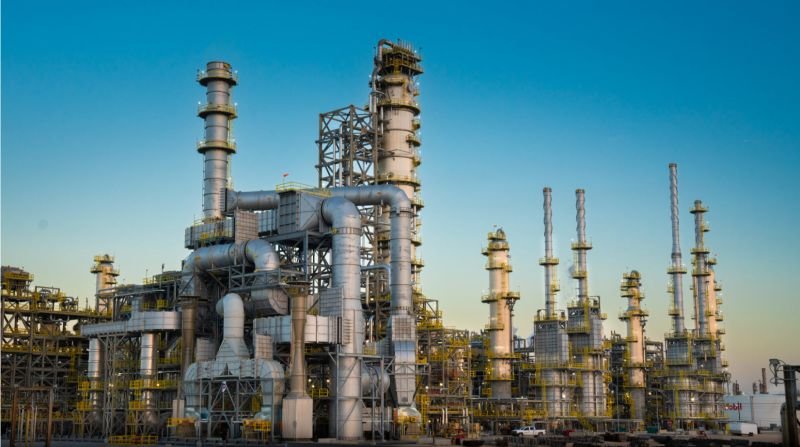Session Recap: Remote Robotic Refractory Inspections with ExxonMobil
/The 2024 Energy Drone & Robotics Summit featured a session by Chris Haines of HUVRdata and Aaron Schlett of ExxonMobil called, "Remote Robotic Refractory Inspections with ExxonMobil." The session offered a detailed look into how ExxonMobil is leveraging advanced robotics and digital solutions to tackle one of the most challenging aspects of industrial inspections—refractory inspections in confined spaces.
Here’s a recap of the session. (View the entire session here.)
From Exxonmobil linkedin
The Challenge of Refractory Inspections
Refractory inspections are critical but arduous tasks in the oil and gas industry. These inspections are primarily conducted in confined spaces, like cyclones within regenerators, where the linings need to be checked for erosion, cracking, and other forms of degradation. These linings are essential for heat insulation and erosion resistance. Failure to inspect and repair them promptly can lead to significant downtime and financial losses. Historically, these inspections have been manual, paper-based processes that are both time-consuming and prone to human error.
Moving Toward a Digital Future
In recent years, ExxonMobil has embarked on a journey to digitize and modernize its refractory inspections. The company has developed a comprehensive Digital Refractory Management Solution (DRMS) aimed at reducing turnaround risks, improving data accuracy, and speeding up the decision-making process. This system standardizes the inspection process, centralizes data, and adopts new technologies like robotics, AI, and machine learning.
Key Objectives of the DRMS:
Reducing Turnaround Risk: By digitizing the inspection process, ExxonMobil aims to quickly identify and address potential issues, minimizing the risk of extended downtime.
Centralized Data Ownership: The DRMS allows for standardized data collection and easy access to historical data, enabling better decision-making across the organization.
Adopting New Technologies: The company is integrating robotics, AI, digital twins, and other advanced technologies to revolutionize how inspections are conducted and managed.
Phased Approach to Implementation
ExxonMobil's approach to implementing the DRMS is divided into three phases:
Phase 1: Digitization of Inspections and Repair Plans
The first phase focuses on digitizing the inspection and repair processes, which were previously paper-based. This digitization enables faster, more accurate inspections, reducing the time required from several shifts to just one.
The company has developed a point-based system called Rami (Refractory Assessments for Maintenance Inspections) to standardize the inspection criteria, making the process more objective and less dependent on individual inspectors' risk tolerance.
Phase 2: Autonomous and Remote Inspections
Phase two aims to move towards autonomous inspections, reducing the need for human entry into confined spaces. While full autonomy has not yet been achieved, ExxonMobil is making significant progress in remote inspections, leveraging drones and other robotic solutions.
The company is also working on building 3D models for 360-degree views of equipment, enhancing both online and offline inspections.
Phase 3: Leveraging AI and Machine Learning
In the final phase, ExxonMobil plans to harness AI and machine learning to further streamline the inspection process. By creating a digital catalog of degradation patterns, the company aims to reduce the time to decision-making and improve the accuracy of its inspections.
Challenges and Future Outlook
Despite the significant advancements, ExxonMobil faces ongoing challenges, particularly in integrating sensors with delivery systems and dealing with the complex geometries of equipment. However, the company remains committed to overcoming these obstacles by partnering with technology providers and continuously refining its processes.
The impact of these innovations is already evident. What once took four to six shifts to complete now takes just one, thanks to the streamlined, digitized workflows. Moreover, the standardization of inspection reports across the organization has improved communication and decision-making.
Conclusion
ExxonMobil's efforts to digitize and modernize refractory inspections represent a significant leap forward for the industry. By embracing new technologies and adopting a phased, systematic approach, the company is setting a new standard for safety, efficiency, and reliability in industrial inspections. As ExxonMobil continues to innovate, the future of refractory inspections looks promising, with the potential for even greater advancements in the years to come.
Access this recording and others from the 2024 Energy Drone & Robotics Summit.



